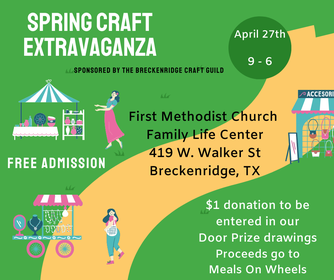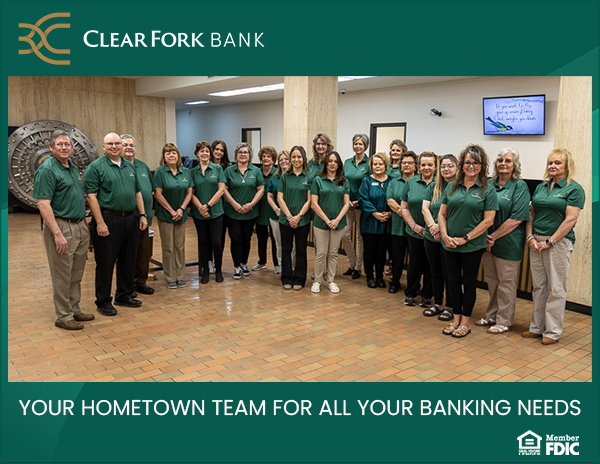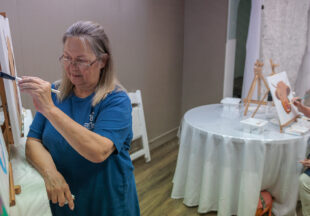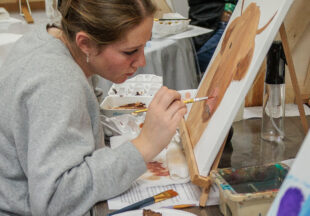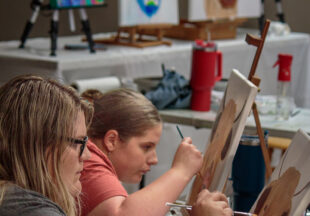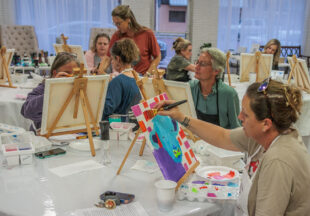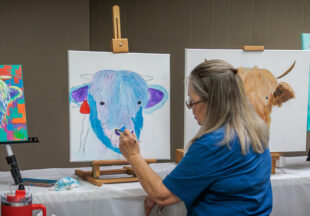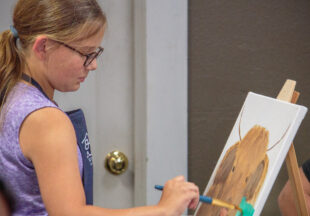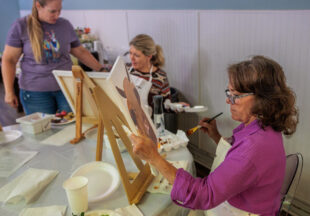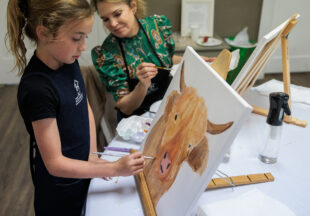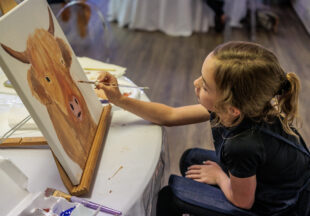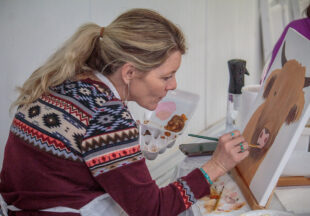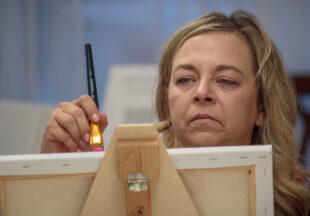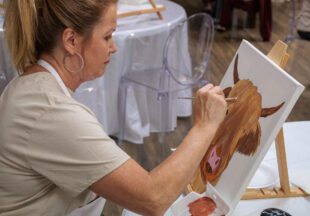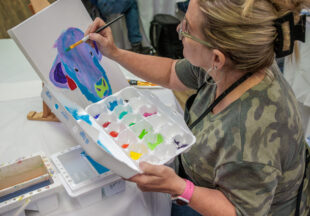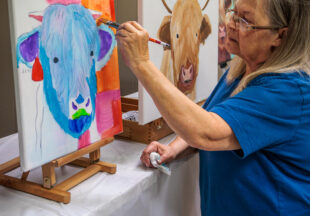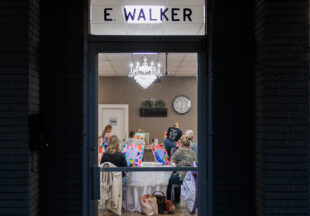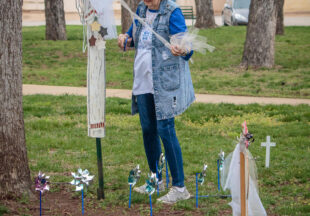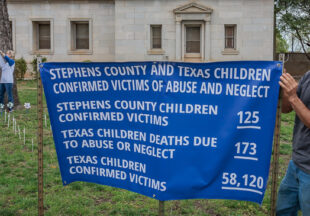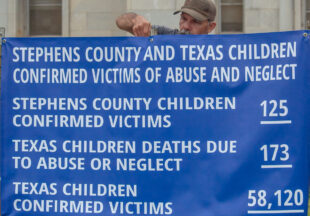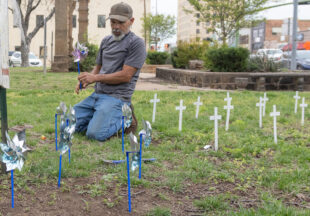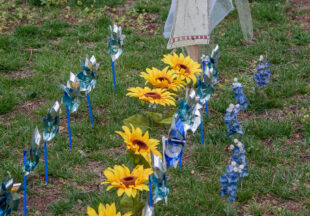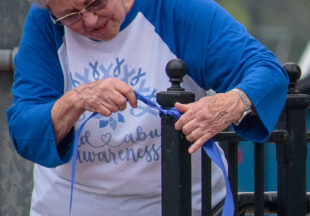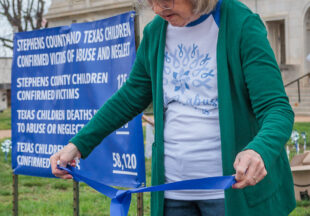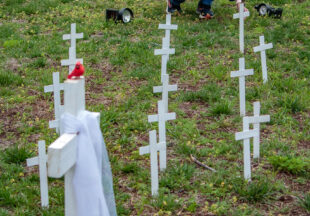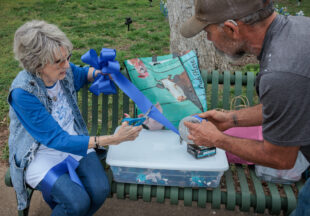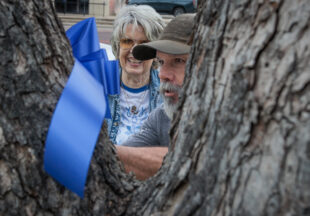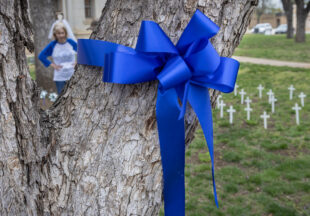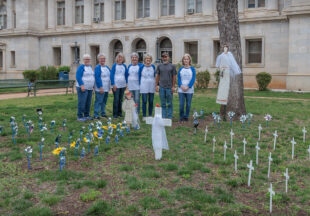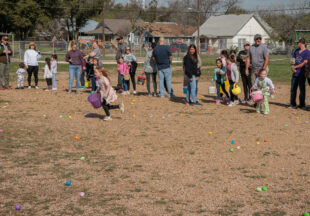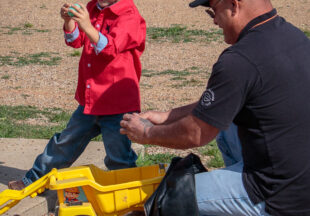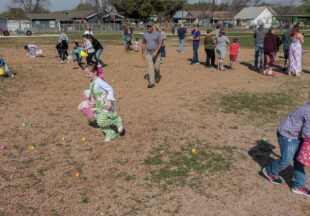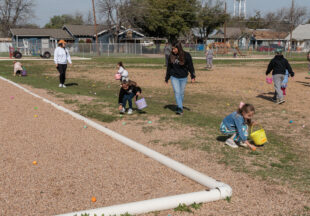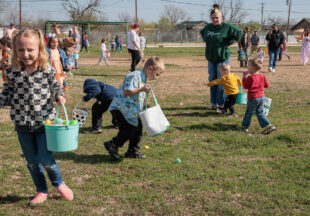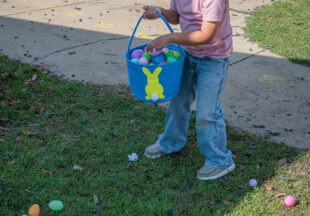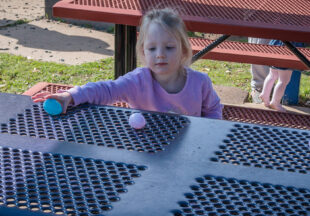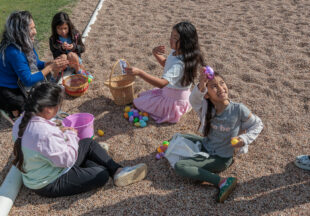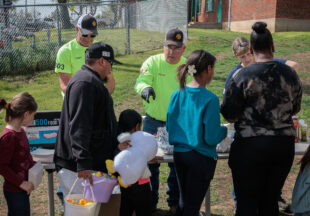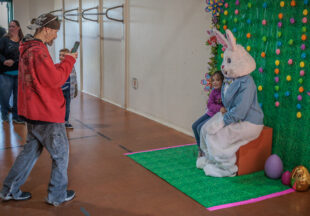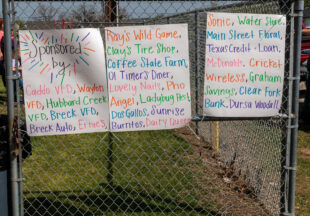UPDATE: Fire chief halts burning at least until Monday
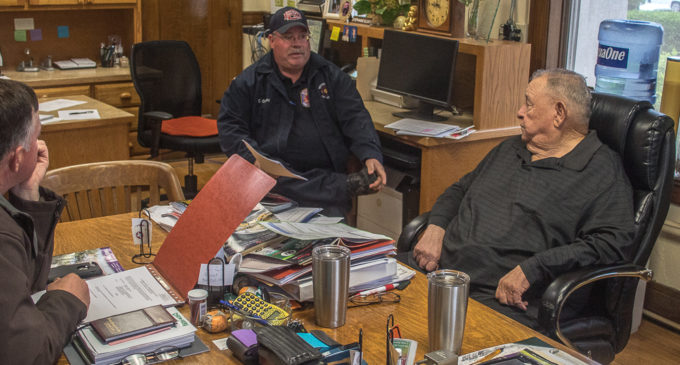
UPDATE: Less than 36 hours after the Stephens County burn ban was lifted, brush burning in the area has gotten out of hand and Breckenridge Fire Chief Calvin Chaney has once again halted all burning at least until Monday, April 16. He said fires in Stephens and Eastland counties have gotten away from the residents who were burning brush Tuesday, April 10. Additionally, the weather forecasts show high winds over the next few days, leading to the potential for elevated fire danger. “We’re just trying to get ahead of the curve,” Chaney said. “No burning until, maybe, Monday when the wind stops.”
The Breckenridge Texan will continue to provide updates on the situation, as information becomes available.
Original article:
After many months under a burn ban, the residents of Stephens County will now be allowed to burn brush on their property, but there are rules and stipulations that go along with the opportunity. On Monday, Stephens County Commissioners voted to lift the county-wide burn ban, following a lengthy discussion with Breckenridge Fire Chief Calvin Chaney about outdoor burning in the county.
However, the commissioners emphasized two stipulations on the matter before their vote to lift the ban: anyone who wants to burn brush must first call the Breckenridge Fire Department’s non-emergency number at 254-559-6242 to see if it’s safe to burn and they must make sure they abide by Section 111.219 Texas Administrative Code which covers the General Requirement for Allowable Outdoor Burning. The outdoor burning is allowed only in areas of the county that are not within the city limits of Breckenridge; no burning is allowed in the city of Breckenridge.
Some of the commissioners at the meeting said they have received phone calls from citizens wanting to burn brush piles. They also noted that most of the counties in the area have lifted their burn bans.
“People are just demanding they get to burn their piles,” said Stephens County Judge Gary Fuller.
Chaney said one of the reasons they have been slow to recommend lifting the burn ban was because they have had problems with people leaving fires unattended. He said that on days they have allowed people to burn, fires were left unsupervised.
“People will light the piles and leave,” he said. “You cannot light a pile and go to your house and watch TV; you can’t go do other things. You have to be on-scene with those fires.”
The fire chief told commissioners the only way they are going to be able to keep the problem under control was to the get the word out that they’re going to start fining people if the fire department has to be called out because they don’t call first or the fire gets out of control.
“Hopefully people will listen and will do their part,” Chaney said. “You have the fire department’s part and you have the citizen’s part. And the citizen’s part is, if you light a fire, that’s yours. It’s not the fire department’s fire. You’re to stay with it until it burns down.”
During the meeting, Chaney handed out copies of Section 111.219 of the Texas Administrative Code that covers the general requirements for allowable outdoor burning. It lists all the rules involved in outdoor burning and includes a list of items that cannot be burned. Additionally, Section 111.221 details the responsibilities of those who are conducting outdoor burning.
Section 111.219 General Requirements for Allowable Outdoor Burning
Outdoor burning which is otherwise authorized shall also be subject to the following requirements when specified in any section of this subchapter.
(1) Prior to prescribed or controlled burning for forest management purposes, the Texas Forest Service shall be notified.
(2) Burning must be outside the corporate limits of a city or town except where the incorporated city or town has enacted ordinances which permit burning consistent with the Texas Clean Air Act, Subchapter E, Authority of Local Governments.
(3) Burning shall be commenced and conducted only when wind direction and other meteorological conditions are such that smoke and other pollutants will not cause adverse effects to any public road, landing strip, navigable water, or off-site structure containing sensitive receptor(s).
(4) If at any time the burning causes or may tend to cause smoke to blow onto or across a road or highway, it is the responsibility of the person initiating the burn to post flag-persons on affected roads.
(5) Burning must be conducted downwind of or at least 300 feet (90 meters) from any structure containing sensitive receptors located on adjacent properties unless prior written approval is obtained from the adjacent occupant with possessory control.
(6) Burning shall be conducted in compliance with the following meteorological and timing considerations:
(A) The initiation of burning shall commence no earlier than one hour after sunrise. Burning shall be completed on the same day not later than one hour before sunset, and shall be attended by a responsible party at all times during the active burn phase when the fire is progressing. In cases where residual fires and/or smoldering objects continue to emit smoke after this time, such areas shall be extinguished if the smoke from these areas has the potential to create a nuisance or traffic hazard condition. In no case shall the extent of the burn area be allowed to increase after this time.
(B) Burning shall not be commenced when surface wind speed is predicted to be less than six miles per hour (mph) (five knots) or greater than 23 mph (20 knots) during the burn period.
(C) Burning shall not be conducted during periods of actual or predicted persistent low-level atmospheric temperature inversions.
(7) Electrical insulation, treated lumber, plastics, non-wood construction/demolition materials, heavy oils, asphaltic materials, potentially explosive materials, chemical wastes, and items containing natural or synthetic rubber must not be burned.
Section 111.221 Responsibility for Consequences of Outdoor Burning
The authority to conduct outdoor burning under this regulation does not exempt or excuse any person responsible from the consequences, damages, or injuries resulting from the burning and does not exempt or excuse anyone from complying with all other applicable laws or ordinances, regulations, and orders of governmental entities having jurisdiction, even though the burning is otherwise conducted in compliance with this regulation.
In an interview after the meeting, Chaney said it’s important for people to remember that even when outdoor burning is allowed, it doesn’t always mean it’s the safest time to burn.
“The burn ban is going to be lifted, yes,” he said. “But, there’s going to be days we’re not going to allow burning, period. The wind’s going to be too high, and it’s going to be too dangerous. That’s what people have to understand when they call and we say no; it’s totally about being safe.”
He said even with the ban off, when people call wanting to burn, the fire department will go over the requirements for outdoor burning with them, such as only burning brush, not burning before sunrise or after dark and supervising the fire at all times.
Chaney said it’s also important for people to remember when they burn that they are liable for any damages their fire causes, even if there is no burn ban in place and they have permission to burn. He said if a fire gets out of control and causes damage to fences, houses or structures, the person doing the burning can be held responsible. If the smoke from a fire causes an irritation problem for neighbors, regardless of what you’re burning, you can be held liable for their medical bills.
“If they light a fire and it gets away from them or if causes an irritation or breathing problems for one of their neighbors, they can be held liable for their medical bills or any damage caused by the fire,” he said.
If the fire department gets called out because of a complaint, they likely will have to put the fire out, Chaney said.
“Most of the time if we have complaints, we have to put (the fire) out,” he said. “Regardless if it was OK; if it’s not in the burn ban but if it causes hazard to somebody else, then we have to go put it out.”
Some other points Chaney made about outdoor burning:
- When planning to burn, residents need to be mindful of the weather situation during the next few days. “Today may be the perfect day,” he said. “It may even be misting rain, it may be sprinkling and you look down the road and tomorrow we have 60 mile hour winds or the heat gets extreme then the fire conditions change. Embers can spread and start a fire at the drop of a hat.”
- You can only burn brush, according to the law. According to Chaney, the only time someone can burn household trash in addition to brush is if they live in a remote area that does not have access to rural trash service. He said if they have access to the service and choose not to use it, they still cannot legally burn household trash.
- Even those who can legally burn household trash are limited to everyday trash items. That does not include items such as furniture or tires. “The Clean Air Act is very restrictive, and the fines can go extremely high,” Chaney said. “You’re talking hundreds of thousands of dollars, plus they can roll in a cleanup on you and get all the stuff removed, which can be very expensive.
Both the fire chief and the county judge acknowledge that not everyone in the county wants the burn ban lifted.
Chaney said while there are people in the county who want the burn ban lifted, there are also people in the county who have been through wildfires and don’t want the ban lifted, a position Fuller said he could understand after facing that situation a few years back when his home was threatened by what was dubbed the Fuller Wildfire.
“They’ve never had their house nearly burn down or they would feel that way about it,” Fuller said. “You know how it is; it’s very frightful that you could lose everything.”
Chaney said he understands that sometimes burning brush is necessary, but that local residents need to understand the law and to take responsibility for their actions. “We understand people need to burn, that’s why were trying to get a little time to let people burn,” he said. “But you heard the commissioners say if we have issues, if we have problems, they’ll immediately put the burn ban back on.”
Story by Tony Pilkington/Breckenridge Texan
Cutline, top photo: Fire Chief Calvin Chaney discusses lifting the fire ban and state outdoor burning regulations with Stephens County Commissioners during their meeting Monday morning. (Photo by Tony Pilkington/Breckenridge Texan)




